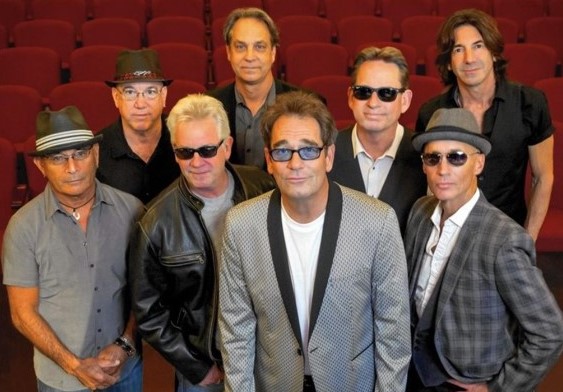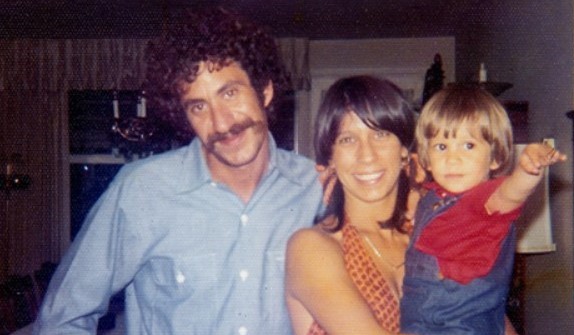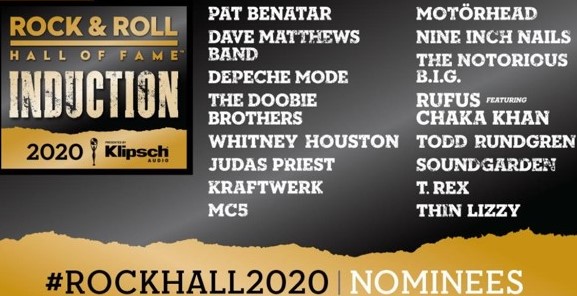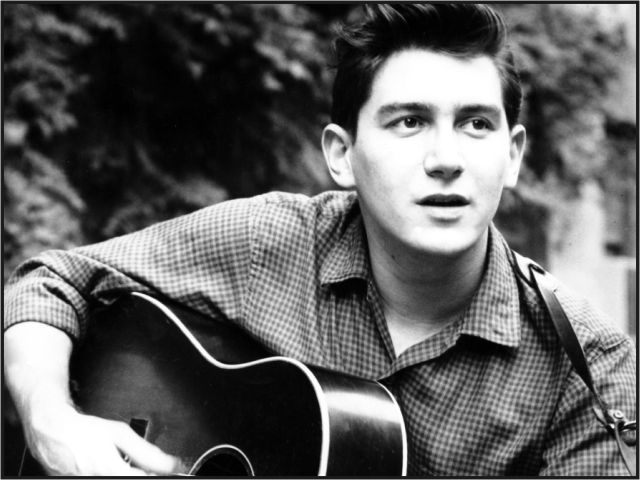Last Friday, Ringo Starr released What’s My Name, his 20th studio album. After having listened to it a few times, I’m quite excited about the record. Admittedly, as a huge fan of The Beatles, I may not be entirely objective here – so be it! I said it before and I say it again: While Ringo isn’t the greatest vocalist and songwriter and perhaps even not the most sophisticated drummer, he is one of the coolest musicians in my book. I just dig the man who at age 79 remains pretty vibrant and just delivered what may be his best work in many years.
Appearing on UMe, What’s My Name was produced by Starr, with longtime collaborator Bruce Sugar handling recording and mixing. The album was recorded at Ringo’s home studio known as Roccabella West. “I don’t want to be in an old-fashioned recording studio anymore, really,” Starr pointed out on his website. “I’ve had enough of the big glass wall and the separation. We are all together in here, whoever I invite over. This is the smallest club in town. And I love it, being at home, being able to say hi to Barb [referring to his wife, actress Barbara Bach], it’s just been good for me and the music.”

The album features an impressive array of other artists, including Paul McCartney, Joe Walsh, Edgar Winter, Dave Stewart, Benmont Tench, Steve Lukather, Nathan East, Colin Hay, Richard Page, Warren Ham, Windy Wagner and Kari Kimmel, among others. Most of the songs on this record are collaborations between Ringo and others. Let’s get to some music!
Previously, I already featured the album’s nice title track, so here I’d like to kick things off with the opener Gotta Get Up to Get Down. The nice mid-tempo rocker was co-written by Starr and his brother-in-law and guitarist extraordinaire Joe Walsh. In addition to Ringo (drums, vocals) and Walsh (guitar, vocals), the tune features Edgar Winter (clavinet, synthesizer, vocals), Nathan East (bass), Bruce Sugar (synthesizer) and backing vocalists Richard Page, Warren Ham, Windy Wagner and Kari Kimmel.
The most remarkable song on the album is Ringo’s version of Grow Old With Me, one of the last tunes written by John Lennon. It was recorded as a demo in Bermuda in 1980 and later appeared on his first posthumous album Milk And Honey from January 1984. The inspiration for Ringo to cover the song came during an encounter with Jack Douglas, the producer of Double Fantasy, the 1980 studio album by Lennon and Yoko Ono, and the last released by Lennon during his lifetime. “Jack asked if I ever heard The Bermuda Tapes, John’s demos from that time,” Ringo recalled. “And I had never heard all this. The idea that John was talking about me in that time before he died, well, I’m an emotional person. And I just loved this song.”
“I sang it the best that I could,” Ringo went on. “I do well up when I think of John this deeply. And I’ve done my best. We’ve done our best. The other good thing is that I really wanted Paul [McCartney] to play on it, and he said yes. Paul came over and he played bass and sings a little bit on this with me. So John’s on it in a way. I’m on it and Paul’s on it. It’s not a publicity stunt. This is just what I wanted. And the strings that Jack [Douglas] arranged for this track, if you really listen, they do one line from “Here Comes The Sun.” So in a way, it’s the four of us.” Apart from Ringo (drums, vocals) and McCartney (bass, backing vocals), the recording features Walsh (guitar); Jim Cox (piano); Rhea Fowler and Bianca McClure (violin); Lauren Baba (viola); Isaiah Gage (cello); and Allison Lovejoy (accordion).
Another nice track on this album is Magic, which was co-written by Starr and Steve Lukather. “I wrote that with Steve Lukather, who is magic,” commented Ringo. “I made a mistake of telling Steve, “You’re my last best friend,” and so that how we’re live now. And he’s a beautiful guy. He sometimes puts out a hard shell, but he is so soulful. We work well together. And he’s even better when he’s not playing a thousand notes a minute – which he can. He’s the man. I love the man. Don’t tell him. Sometimes Steve’s so happy playing with me, I say, “You’re having too much fun.” In addition to Ringo (drums, percussion, vocals) and Lukather (guitar, piano), other musicians on the recording include John Pierce (bass), Bruce Sugar (synthesizer), as well as Richard Page, Warren Ham, Windy Wagner and Kari Kimmel on backing vocals.
Money (That’s What I Want) is the second cover on the album. I always liked this tune, which was co-written by Berry Gordy and Janie Bradford. Initially recorded by Barrett Strong in 1959, it became the first hit for Motown. In addition to Ringo, the song has been covered by many other artists including The Beatles in 1963. This latest cover features Starr (drums, percussion, vocals), Lukather (guitar), East (bass), Sugar (piano, organ, synthesizer), as well as Maxine Waters and Julia Waters on backing vocals.
The last track I’d like to highlight is Better Days written by songwriter Sam Hollander. “He [Hollander] had written a song out of things I said in an interview in Rolling Stone,” noted Starr. “I loved the sentiment of it – he had one verse about spending too much time in hospitals, but I didn’t want to even sing that verse – the pity verse. Sam came over and I put the vocals on, and said, `You produce this one,’ but Sam said, “Well, you’re going to do drums.” So, I went in and played it through twice.” I like two takes. And he took “Better Days” away and did it.” Performing on Better Days are Starr (drums, percussion, vocals), Grant Michaels (piano), Peter Levin (organ), Kaveh Rastegar (bass), Pete Min (guitar), James King (horns), as well as Zelma Davis and Garen Gueyikian (backing vocals).
The last word shall belong to Ringo. “When I was a teenager, my mom always said, “Son, you’re at your happiest when you’re playing.” And it’s still true to this day. I’m blessed. I had a dream back when I was thirteen, and just last night I played with all my friends at the Greek, and I’ve been putting together All-Starr bands for 30 years. And it’s still a thrill.” Well said. And it shows!
Sources: Wikipedia, Ringo Starr website, YouTube












